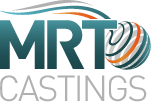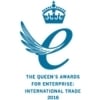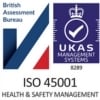Choosing the right manufacturing process for your newly fledged product can be a difficult task. There are so many different options and choices in manufacturing to choose from. How do you know the best way to produce your product exactly as you need it? What’s the best way to stay within budget and produce a product to a high quality?
In our recent guide, From Idea to Product – The complete guide to getting a product to market, we go through some of the manufacturing options available to you.
Choosing a manufacturing process is difficult; there are a huge number of different types, each with individual benefits and drawbacks which may or may not impact your end product.
At MRT we offer 4 primary different kinds of manufacturing process; High Pressure Die Casting, Gravity Die Casting, Sand Casting, and CNC Machining.
High Pressure Die Casting
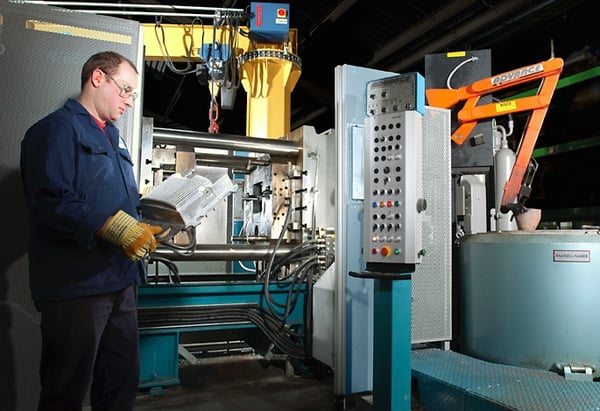
High pressure die casting utilises molten aluminium or zinc alloys injected under pressure into a steel die casting mould, then allowed to cool before ejection from the mould. The process is fast and repeatable, making high pressure die casting a favourite for large production runs of multiple units.
High pressure die casting also allows for greater detail in the casting. The high temperatures and pressures allow the molten material to fill all cavities quickly and fully. This means that moulds can be relatively complicated (within casting constraints) whilst combining reliability and repeatability with thin wall thicknesses and high strength.
The hardened steel mould (called a die) provides an excellent surface finish, which requires minimal trimming operations.
Many manufactures will only undertake this kind of manufacturing for high volume projects. However, we’ve optimised our tooling process and set-up practices which allow us to service all clients, whether you need a batch of 10 or a batch or 10,000, provided you can justify the tooling investment.
Gravity Die Casting
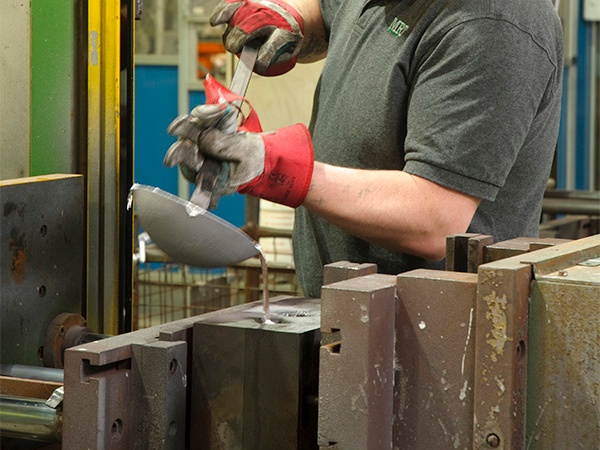
Gravity die casting utilises lower cost, simpler tooling, and replaces the high-pressure injection with a simple gravity feed of the molten alloy into the die. The lower tooling cost makes the process more accessible for lower volumes, or for chunkier castings which don’t require the high surface finish of high pressure die casting.
Whilst, gravity die casting does come at the cost of greater minimum wall thicknesses (3mm), it does add the ability to heat treat castings for better mechanical properties.
Sand Casting
Sand casting is most suitable for the lowest volumes, or for intricate shaped castings which can’t be created using metal permanent moulds. The tooling takes the form or a pattern, which is a replica of the finished part, usually made in wood or resin. The mould is then constructed around the pattern from sand, the pattern removed, and the molten alloy then cast into the sand mould. The surface finish is less consistent than diecasting, due to the sand, and the unit costs are higher, as a new mould needs to be made for every pour. The low tooling cost though, does still make it an attractive option for prototyping or low volume production.
CNC MACHINING
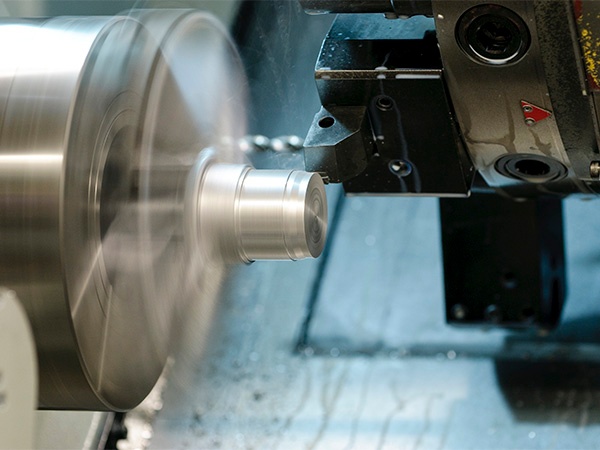
CNC machining is a very wide area, but generally covers Milling, Turning, Drilling and Tapping, using highly accurate and repeatable computer-controlled machining centres. CNC Machining can either create the entire component from a solid block of billet material, or can be used as a finishing operation to add final detail to a casting. CNC machining from solid can be a lengthy process as the entire form has to be cut from the block, and results in a lot of “wasted” material (it’s not actually wasted, click here to read about how we recycle these waste products).For these reasons, it can be quite expensive to produce a part from “billet” material. However, we’re able to offer a manufacturing process which offers the speed and reliability of metal casting, with the quality finish and accuracy of a CNC part, but combining the two. We can cast a near-net-shape part, then use CNC to remove any split lines or unwanted taper on faces, and add tightly toleranced machined features, undercuts, tapped holes etc.
There are many other ways of manufacturing a product, but these are MRT’s main areas of expertise. If you’re interested in taking your product to market, take a look at our complete guide: From Idea to Product.
